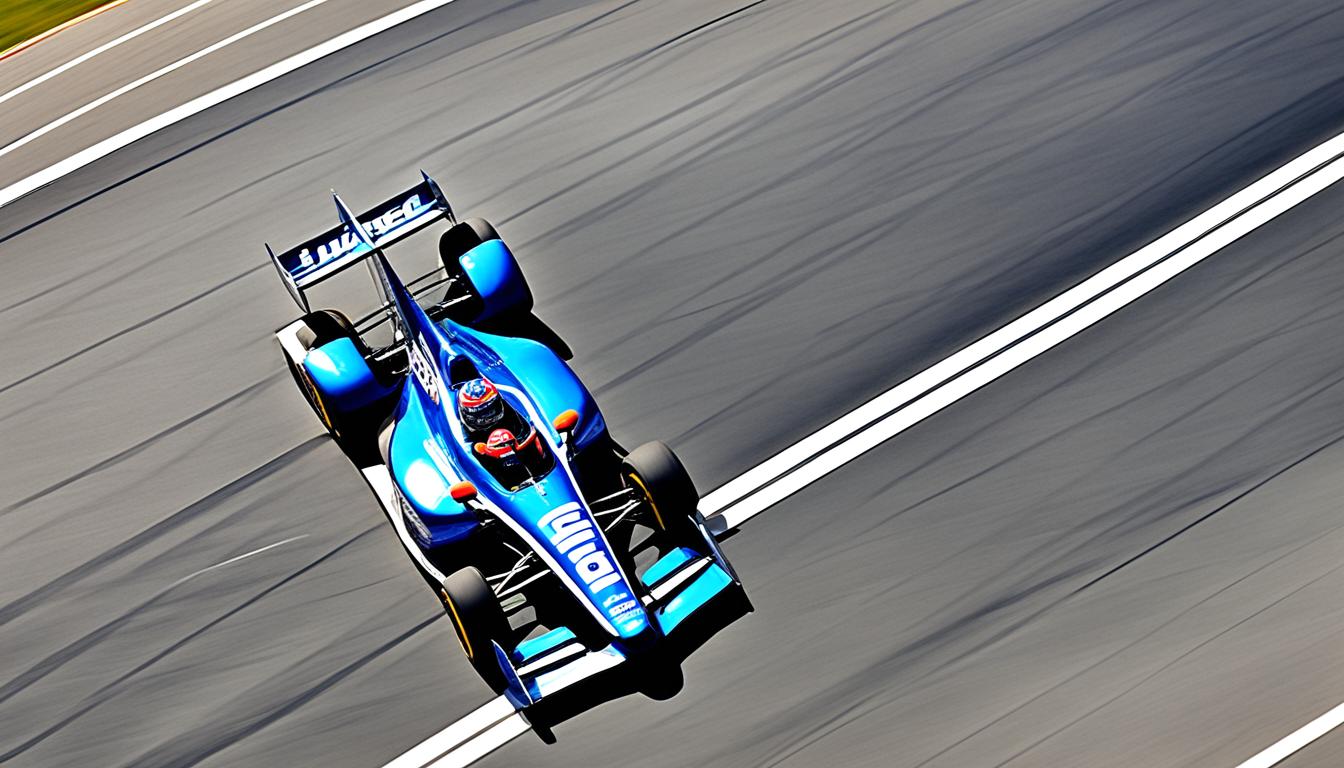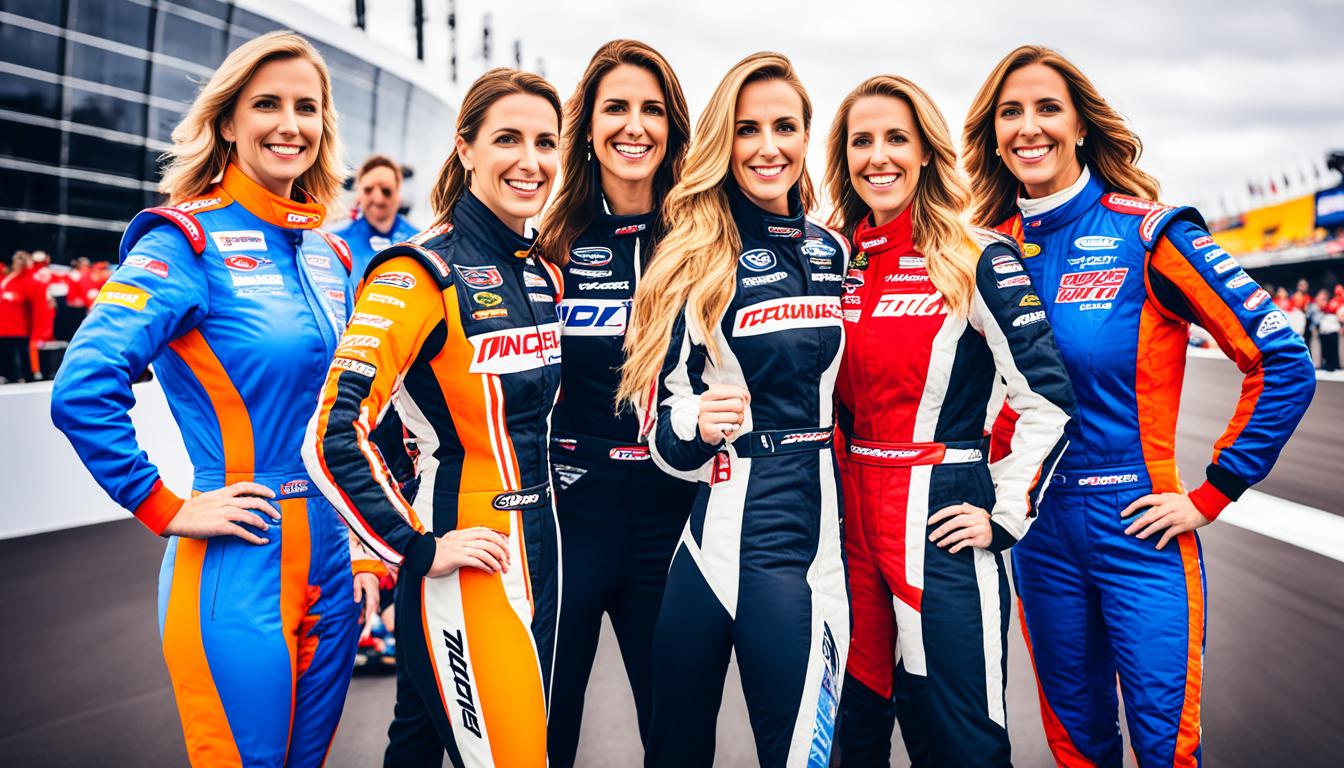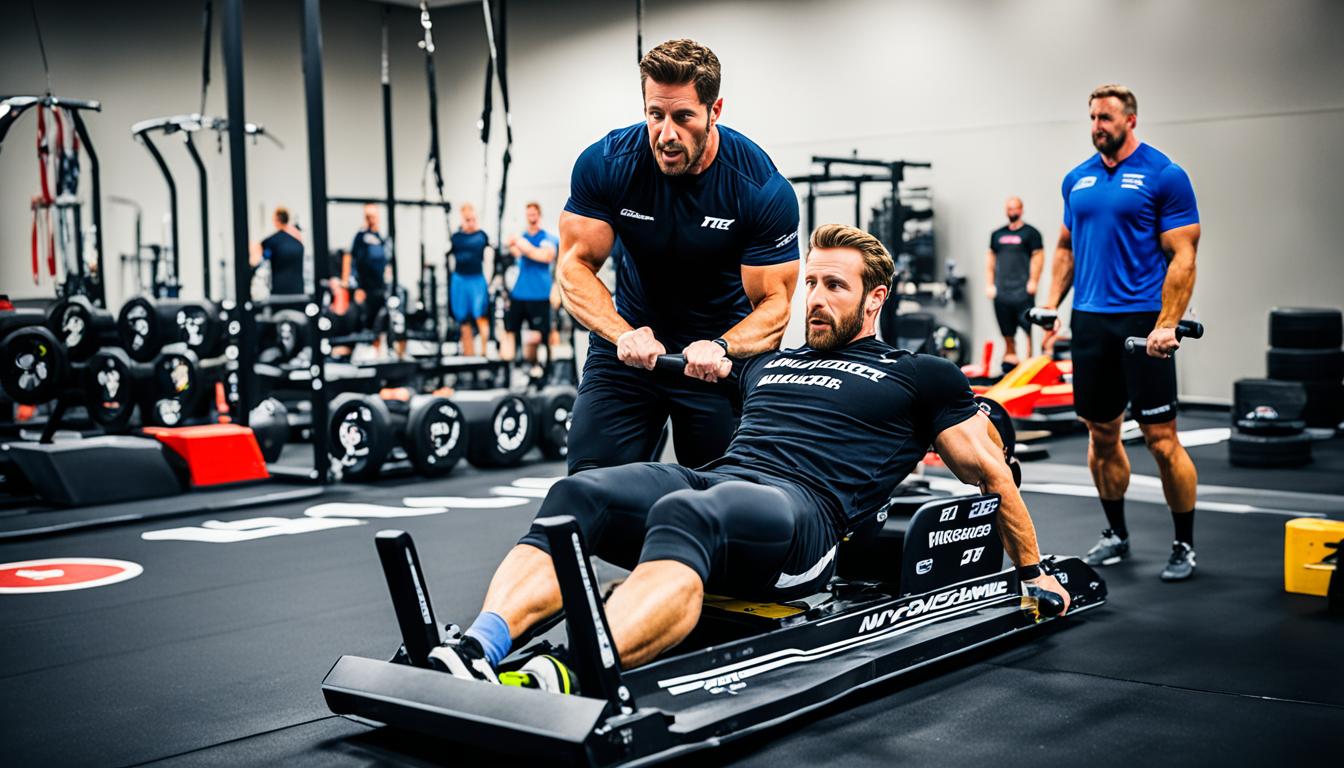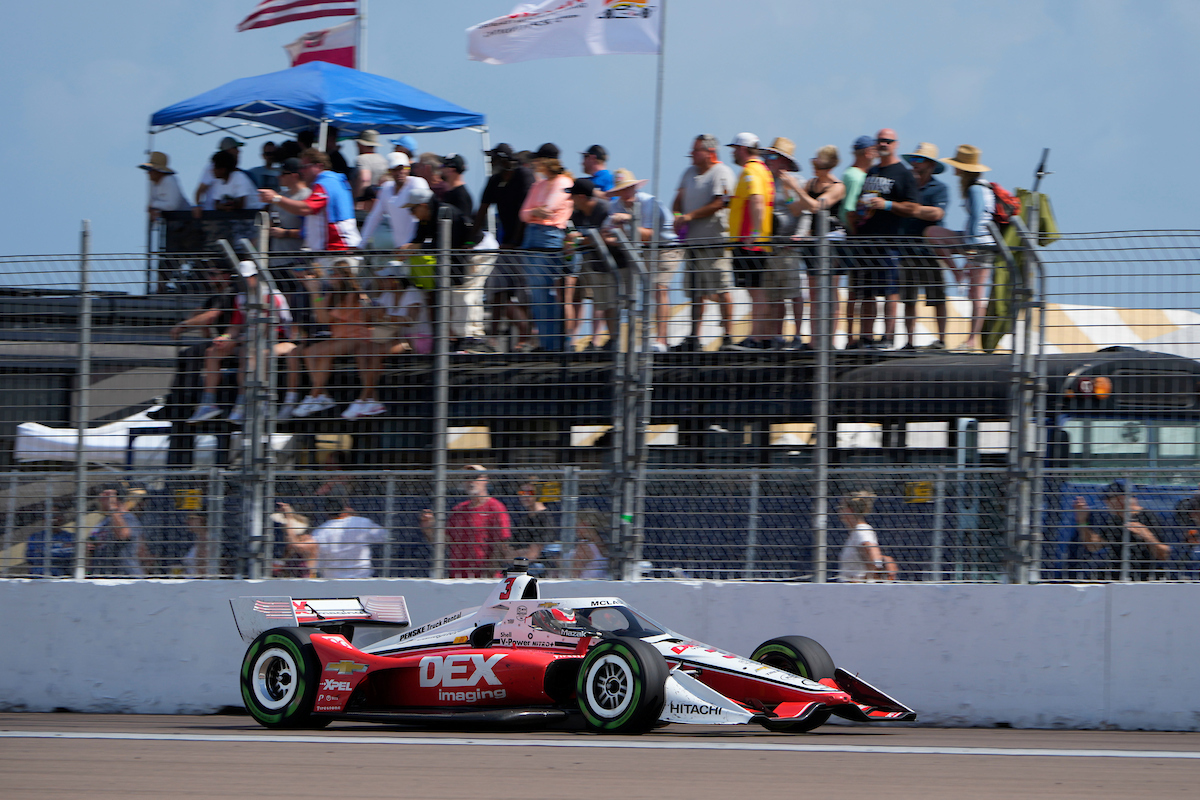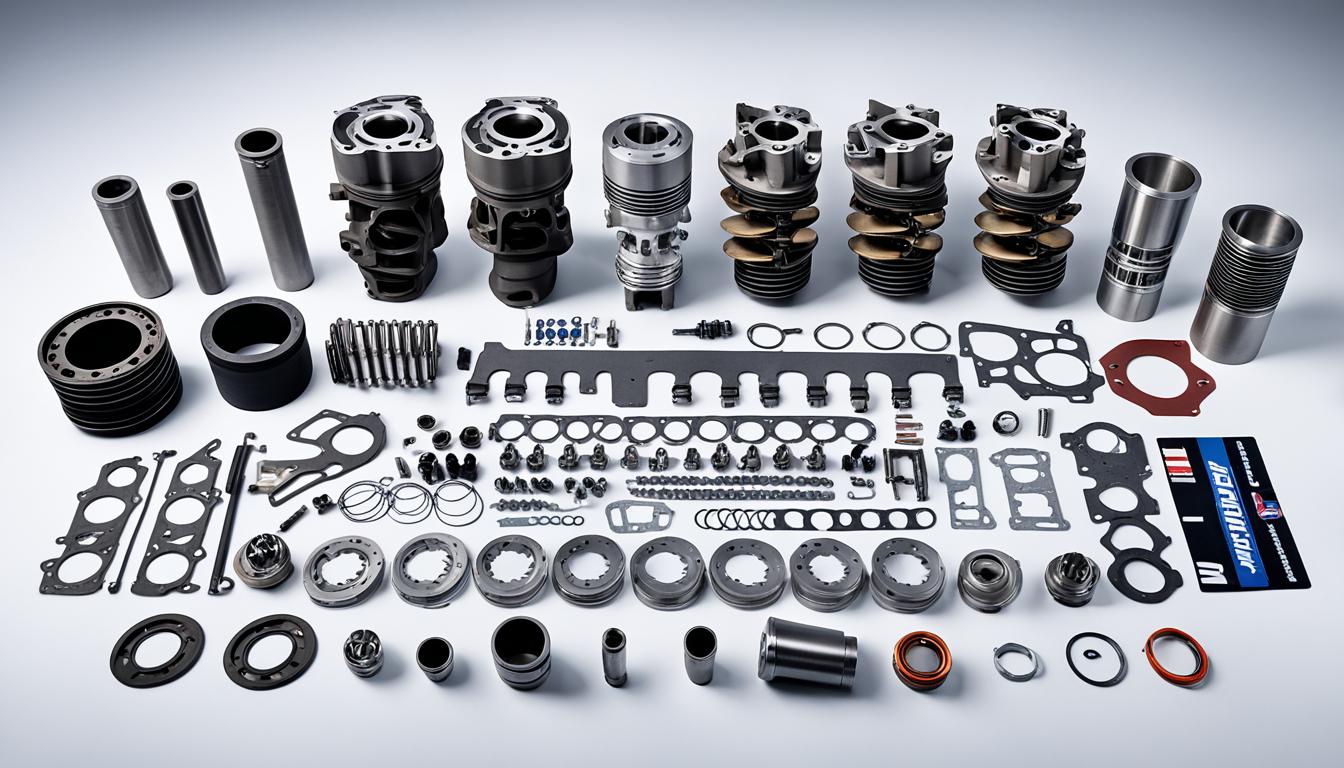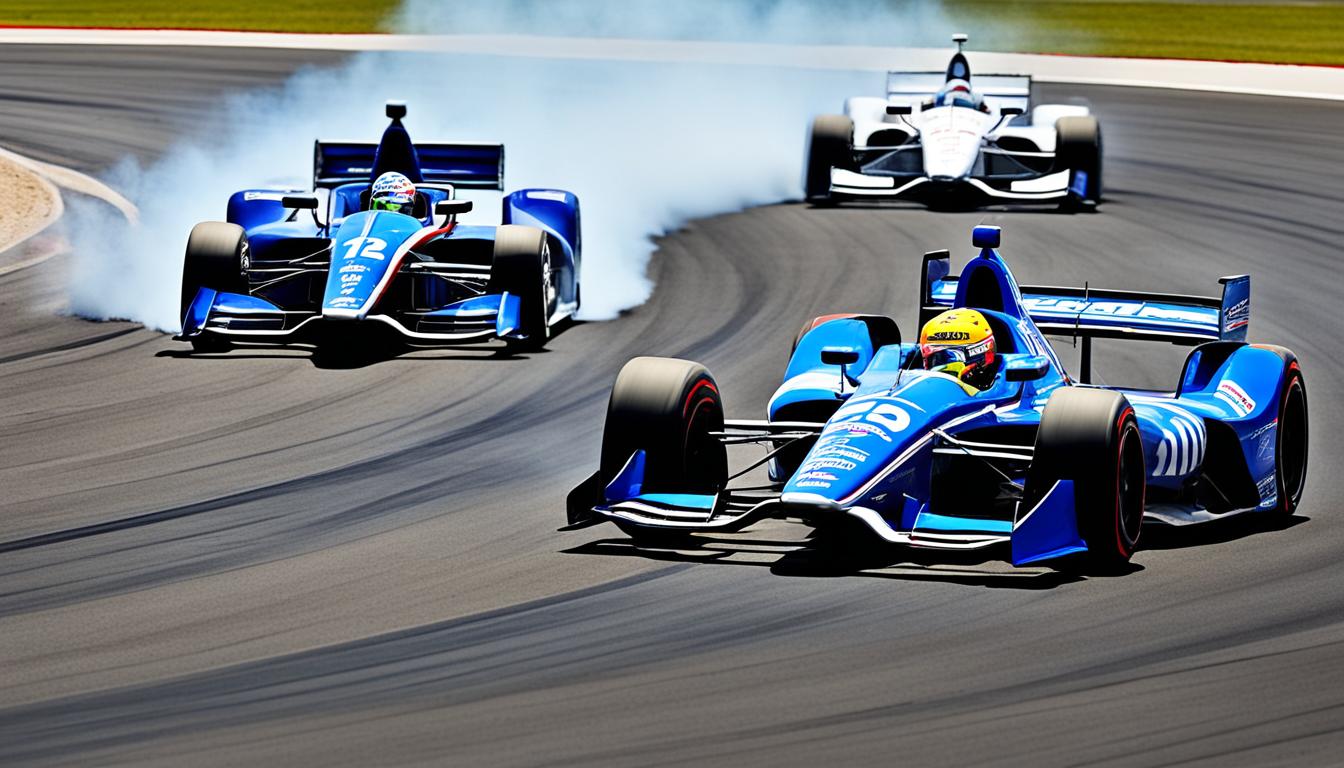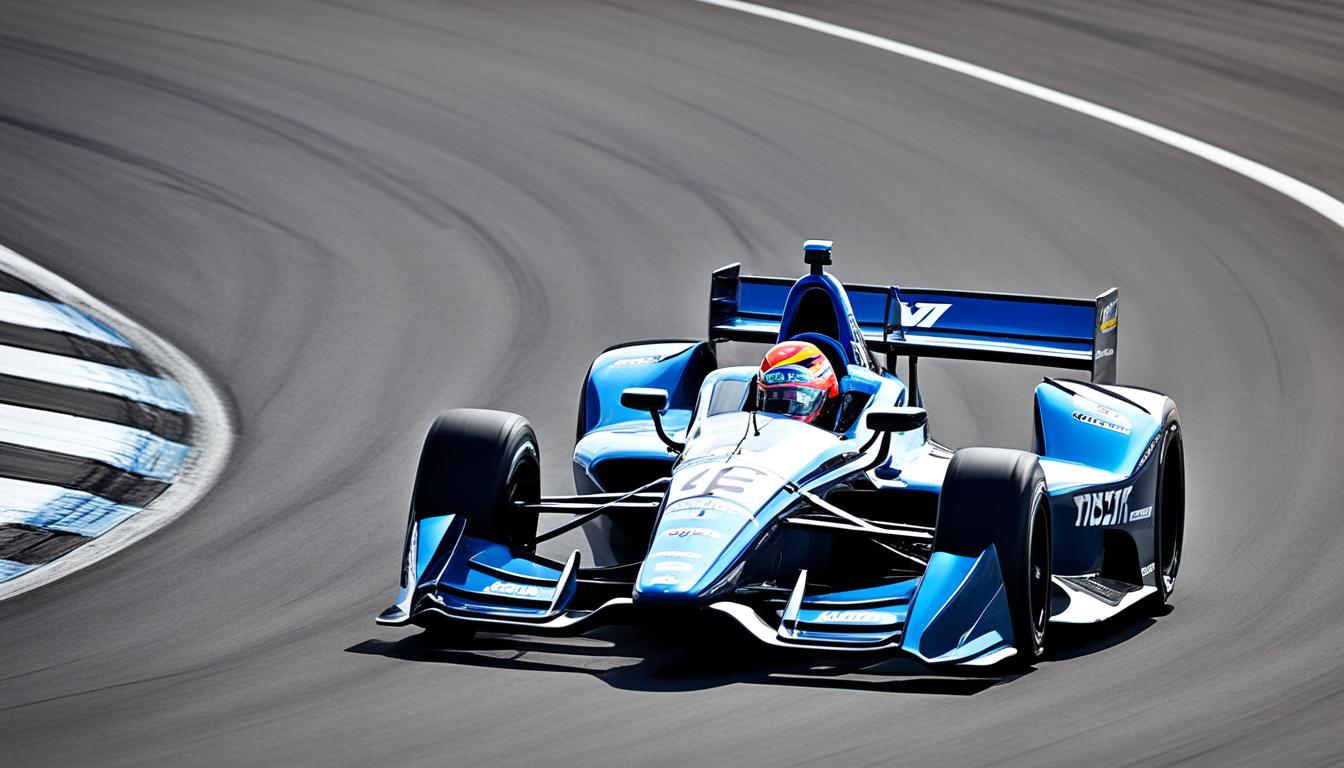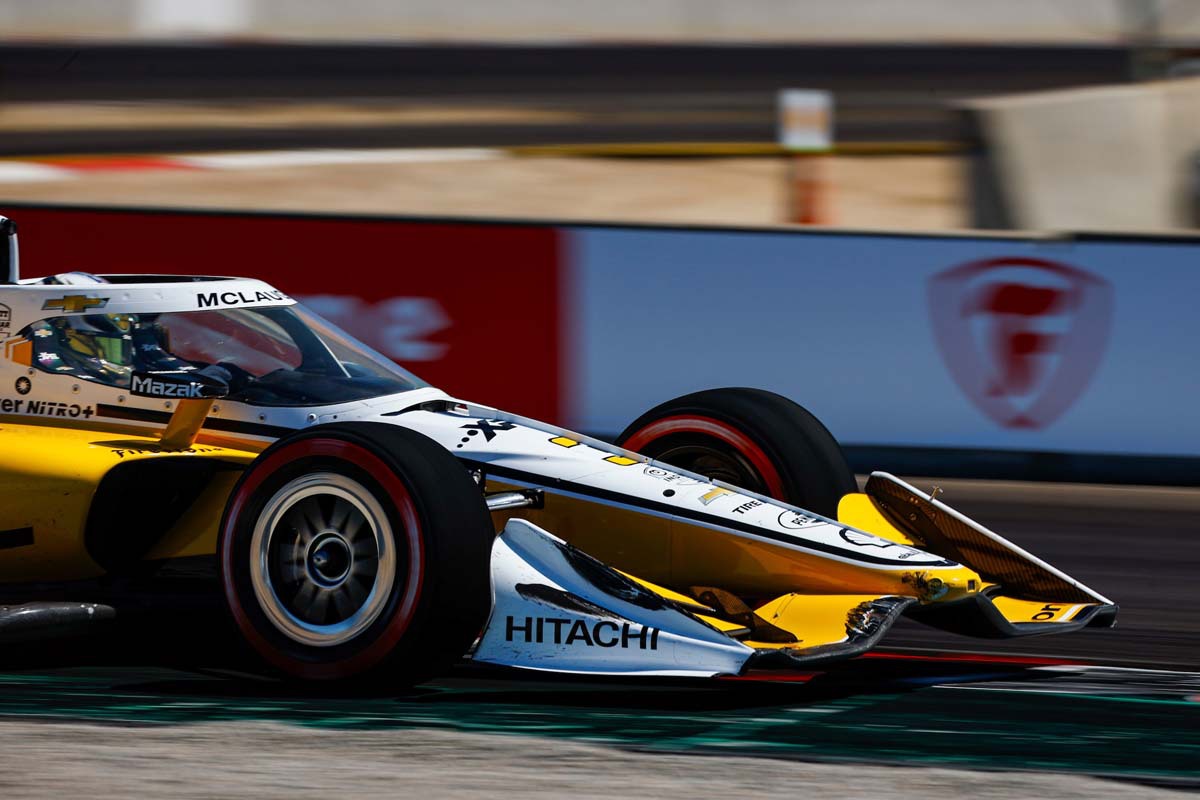‘Dragon move’ a necessary evil – Newgarden
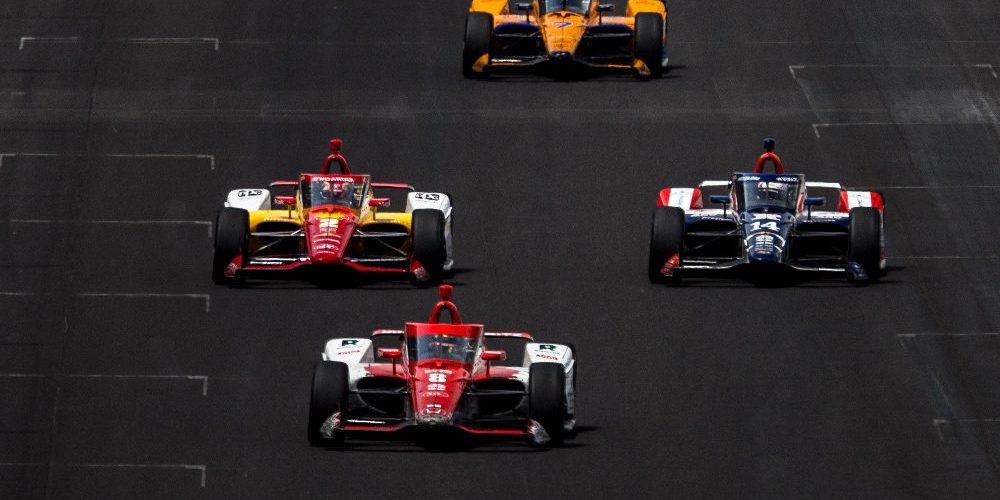
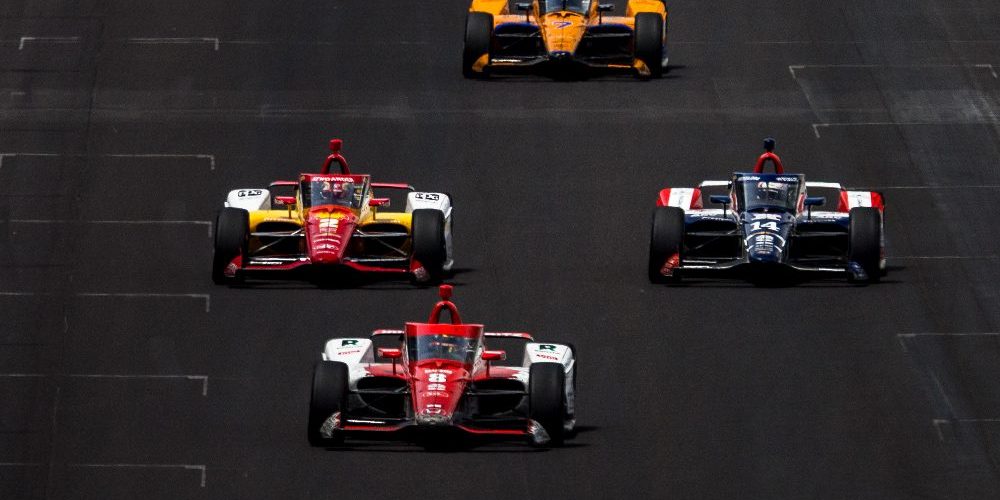
The “dragon move” that has become an increasingly prevalent feature of the final laps of the Indianapolis 500 is a necessary evil because of the downforce configuration of the current cars, according to newly-minted Indy 500 winner Josef Newgarden.
Pioneered by Simon Pagenaud in 2019 and replicated by 2022 winner Marcus Ericsson, and again by both Ericsson and Newgarden in Sunday’s race, the maneuver involves the leading car exiting the last corner and swerving aggressively from one side of the track to the other in an effort to break the tow to the car behind. Although it’s a defensive move and looks very similar to blocking — which is not permitted under the IndyCar rulebook — the difference lies in the fact that the move is instigated by the car in front, rather than being a reaction to a move from the car behind, and is therefore within the rules.
Related
‘I wanted to win so bad… I knew we could’ – Newgarden
“It’s impossible to not use that because of the ease to follow one car,” Newgarden said.
“It got even tougher this year. I think sitting in first place was even more difficult than what we’ve seen in years past, even just last year, and when I was able to get by [Ericsson] on the back straight, I was really surprised how much momentum he still had in 3 and 4.
“He was super-close and had a good run coming off 4, and with that, I thought, I’ve got to be as aggressive as possible to not let him by.”
Newgarden’s move as he exited Turn 4 on Sunday’s final lap was as aggressive as any seen to date; the No. 2 Team Penske Chevrolet dropping a couple of wheels over the white line that separates the track from the pitlane. But while Newgarden makes no apologies for pulling every trick out of his hat to secure the win, he believes that IndyCar needs to work on refining the cars’ downforce levels so that cars can still race closely without the trailing car having such an advantage.
“I was about driving through pit lane,” he said of his move. “It was legal, is all I’m going to say. They were very clear that they are not enforcing that line, and they didn’t enforce it last year. They said they’re not enforcing it again, and I’m coming to the checkered flag and I’m going to do everything I can to win this race, and I had to be as aggressive as possible, because the tow effect to just the first car was even more difficult than last year. You were just a sitting duck if you were in the lead.
“Honestly, I don’t love that. I think the cars should be more difficult to drive here. It’s a terribly difficult balance for the series to walk, because you want to have a good show. You want everybody to be as close together as possible and you want it to be difficult for someone to win this race, and I agree with that.
“Basically, all this downforce that we’ve added has only made it easier and easier for the first two cars, so when you’re the third car, you’re still just stuck in that tow line where no one is really going anywhere. We’re all closer, but it’s only the first two that can really do something.
“So we’ve got to change that formula where it’s easier to follow in the pack, but you can also be rewarded if you’re better at driving the car with less downforce. I want to see the drivers that really excel get a better advantage. That’s why they pay us to be in the seat. That’s why they pay the engineers, to find the perfect setups that we can make an advantage and get away with it. Not so we can win by two laps, but I just think the dynamic of the race, the complexion, could look a little different.”


